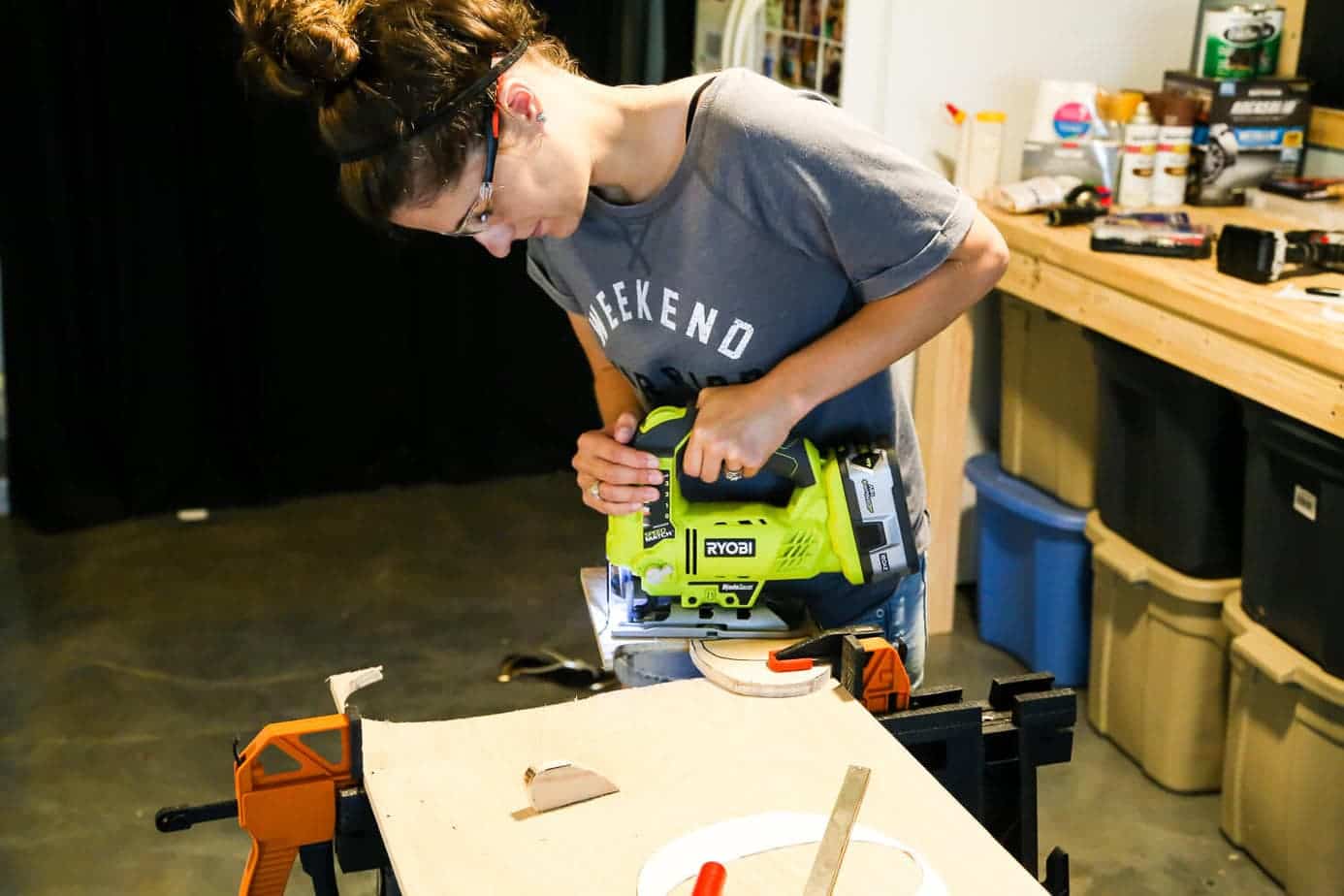

Articles
How To Use A Jigsaw
Modified: December 7, 2023
Learn how to use a jigsaw with our helpful articles. Discover tips and techniques to enhance your woodworking skills and create precision cuts.
(Many of the links in this article redirect to a specific reviewed product. Your purchase of these products through affiliate links helps to generate commission for Storables.com, at no extra cost. Learn more)
Introduction
Welcome to the world of woodworking! If you’re eager to embark on DIY projects or professional woodwork, mastering the use of a jigsaw is essential. A jigsaw is a versatile power tool that allows you to make both straight and curved cuts in a variety of materials. Whether you’re cutting through wood, plastic, metal, or even ceramic tiles, a jigsaw can quickly become your go-to tool.
In this comprehensive guide, we will take you through the step-by-step process of using a jigsaw effectively and safely. From choosing the right blade to making precise cuts, we’ll cover everything you need to know to harness the power of this versatile tool.
Before we dive into the details, it’s important to familiarize yourself with the basic safety precautions. As with any power tool, using a jigsaw requires caution and awareness. By following the safety guidelines, you can ensure a risk-free and enjoyable woodworking experience.
Key Takeaways:
- Master the art of woodworking with a jigsaw by prioritizing safety, choosing the right blade, and practicing precise cutting techniques. Unleash your creativity and enjoy the versatility of this indispensable tool.
- Ensure the longevity and optimal performance of your jigsaw by following proper maintenance practices, troubleshooting common issues, and embracing the endless possibilities of woodworking. With patience and practice, you’ll achieve remarkable results.
Read more: What Type Of Blade Does A Ryobi Jigsaw Use
Safety Precautions
Prior to using a jigsaw, it is crucial to prioritize your safety. Here are some key safety precautions to keep in mind:
- Protective Gear: Always wear safety glasses to shield your eyes from flying debris. Additionally, ear protection and a dust mask are recommended to minimize noise and inhalation of fine particles.
- Suitable Workspace: Choose a well-lit and clean workspace, free from clutter and distractions. Ensure that your workbench or surface is stable and securely holds the material you are cutting.
- Secure the Material: Use clamps or vices to secure the material you are cutting. This prevents it from moving or shifting during operation, which reduces the risk of accidents and imprecise cuts.
- Familiarize Yourself with the On/Off Switch: Always locate the on/off switch of the jigsaw before plugging it in. This allows you to quickly turn off the power in case of an emergency.
- Proper Handling: Hold the jigsaw with both hands, maintaining a firm grip on the handle and the front of the tool. This provides better control and stability while cutting.
- Avoid Loose Clothing and Jewelry: Make sure your clothing is not loose or hanging, as it can get caught in the jigsaw’s moving parts. Remove any jewelry that could hinder your movement or pose a risk.
- Check for Damaged Cords or Blades: Before starting, inspect the power cord for any signs of damage. Likewise, check the jigsaw blade for any visible defects or dullness. Replace them if necessary.
- Proper Blade Installation: Ensure that the jigsaw blade is installed correctly and securely. Follow the manufacturer’s instructions for blade installation, and never attempt to change the blade while the jigsaw is plugged in.
By following these safety precautions, you can greatly reduce the risk of accidents and ensure a safe working environment. Remember, safety should always be your top priority when working with power tools.
Choosing the Right Blade
One of the essential factors in achieving precise and efficient cuts with a jigsaw is selecting the appropriate blade for the job. The blade you choose depends on the material you’re cutting and the type of cut you wish to make. Here are some guidelines to help you choose the right jigsaw blade:
- Material: Consider the material you will be cutting. Jigsaw blades are designed for specific materials, such as wood, metal, plastic, or ceramics. Ensure that the blade you select is suitable for the material you are working with.
- Tooth Configuration: Different tooth configurations are available to cater to various cutting requirements. For general purpose cutting in wood, a blade with a medium-sized tooth configuration is suitable. For smoother cuts, a fine-toothed blade is preferable. Conversely, for faster and rougher cuts, a blade with larger, more aggressive teeth may be appropriate.
- Tooth Count: The tooth count refers to the number of teeth per inch (TPI) on the blade. For clean, precise cuts, choose a blade with a higher tooth count. Blades with a lower tooth count are ideal for faster, rougher cuts.
- Blade Material: Jigsaw blades can be made from various materials, including high-speed steel (HSS), carbon steel, or bi-metal. HSS blades are durable and retain their sharpness for longer periods. Bi-metal blades offer additional durability and are ideal for cutting through tough materials like metal.
- Blade Length: The length of the blade determines the depth of the cut. Choose a blade length that allows you to cut through the material without causing any strain on the jigsaw’s motor.
Always refer to the manufacturer’s recommendations to ensure you are using the correct blade for your jigsaw. It’s also a good idea to have a variety of blades on hand to accommodate different cutting tasks. By selecting the right blade, you can achieve cleaner cuts and prolong the life of your jigsaw.
Setting Up the Jigsaw
Before diving into your woodworking project, it’s essential to set up your jigsaw properly. Follow these steps to prepare your jigsaw for use:
- Inspect the Cord: Check the power cord for any signs of damage such as fraying or cuts. If the cord is damaged, do not use the jigsaw and seek professional repair or replacement.
- Choose the Right Blade: Select the appropriate blade for your cutting needs, taking into consideration the material and the type of cut you want to make. Refer to the previous section on “Choosing the Right Blade” for guidance.
- Install the Blade: Depending on your jigsaw model, you may need to loosen a screw or use a quick-release mechanism to remove the old blade. Insert the new blade into the jigsaw’s blade holder, making sure it is securely locked in place.
- Adjust the Speed: Most jigsaws offer variable speed settings. Adjust the speed according to the material you are cutting. Lower speeds are suitable for delicate materials, while higher speeds are best for harder or thicker materials.
- Attach the Dust Collection Bag (Optional): If your jigsaw is equipped with a dust collection system or bag, attach it to minimize dust and debris generated during cutting. This helps maintain a clean and safe work environment.
- Secure the Workpiece: Use clamps or vices to securely hold the material you are cutting. This prevents it from moving or shifting during operation, ensuring accurate and safe cuts.
- Position the Jigsaw: Position the jigsaw so that the blade is aligned with the desired cutting line. Make sure the base plate is flat against the workpiece to provide stability and control.
Once your jigsaw is set up, you are ready to start cutting. However, it’s important to practice proper cutting techniques and follow safety precautions to achieve successful results. In the next sections, we will explore basic operation and various cutting techniques to help you make precise and accurate cuts with your jigsaw.
Basic Operation
Now that your jigsaw is properly set up, let’s dive into the basic operation. Follow these steps to use your jigsaw effectively:
- Secure Your Grip: Hold the jigsaw with both hands, ensuring a firm grip on the handle and the front of the tool. Your dominant hand should be on the handle, while your other hand supports the front of the jigsaw, providing stability and control.
- Position the Jigsaw: Align the blade with the marked cutting line on your workpiece. Make sure the base plate is flat against the material for stability.
- Start the Jigsaw: Turn on the jigsaw by pressing the power button or trigger. Allow the blade to reach full speed before making contact with the material.
- Initiate the Cut: Gently guide the jigsaw into the material, following the marked cutting line. Let the jigsaw’s blade do the cutting; avoid applying excessive force which can lead to a less accurate cut or blade damage.
- Maintain a Steady Pace: Move the jigsaw along the cutting line at a consistent speed. Avoid jerking or stopping abruptly during the cut, as this can cause irregularities.
- Be Mindful of Blade Orientation: Pay attention to the blade orientation as you maneuver through the cut. Keep the blade aligned with the cutting line, adjusting as necessary to maintain accuracy.
- Complete the Cut: Continue cutting until you reach the end of the marked line. Be cautious as you approach the end to prevent any tear-out or splintering. Let the jigsaw come to a complete stop before removing it from the material.
- Switch off the Jigsaw: Turn off the jigsaw by releasing the power button or trigger. Allow the blade to stop spinning completely before placing the tool down.
Practice these basic operation techniques to develop confidence and skill with your jigsaw. Remember to always follow safety precautions and take your time to ensure accurate and precise cuts. In the next sections, we will explore specific cutting techniques, such as making straight and curved cuts, as well as cutting different materials.
Read more: How To Change Blade On Ryobi Jigsaw
Making Straight Cuts
Making straight cuts with a jigsaw may seem challenging at first, but with proper technique, you can achieve clean and accurate results. Follow these steps to make straight cuts with your jigsaw:
- Mark the Cutting Line: Use a pencil or a straightedge to mark the desired cutting line on the material. Ensure the line is clearly visible and aligned with your intended cut.
- Secure the Workpiece: Clamp or secure the material to a workbench or surface to prevent it from shifting during cutting.
- Select the Proper Blade: Choose a blade suitable for the material you are cutting. For straight cuts in wood, a medium-toothed blade is usually ideal.
- Position the Jigsaw: Align the jigsaw’s blade with the marked cutting line. Place the base plate flat against the material, ensuring stability.
- Start the Cut: Turn on the jigsaw and let the blade reach full speed before making contact with the material. Begin the cut by gently guiding the jigsaw into the material, following the marked line.
- Maintain Control: Keep a firm grip on the jigsaw and maintain a steady pace as you move along the cutting line. Use your other hand to support the front of the jigsaw, ensuring stability and accuracy.
- Monitor the Blade Alignment: Pay attention to the blade’s alignment with the cutting line, adjusting as necessary to maintain a straight path. Avoid forcing the jigsaw through the material; allow the blade to do the work.
- Complete the Cut: Continue cutting along the marked line until you reach the end. Be cautious as you approach the end to prevent any tear-out or splintering. Once complete, switch off the jigsaw and allow the blade to stop spinning before removing it from the material.
- Check for Accuracy: Inspect the cut to ensure it aligns with the marked line and is straight. If necessary, use sandpaper or a rasp to smooth any rough edges.
Remember, practice makes perfect. As you gain experience with your jigsaw, you’ll become more proficient in making straight cuts. Take your time, maintain control, and as always, prioritize safety throughout the process. In the next section, we’ll delve into making curved cuts with a jigsaw.
When using a jigsaw, always wear safety goggles to protect your eyes from flying debris. This is especially important when cutting materials like wood or metal.
Making Curved Cuts
One of the greatest advantages of a jigsaw is its ability to make curved cuts effortlessly. Whether you’re creating intricate designs or following curved patterns, the jigsaw’s versatility shines through. Here’s a step-by-step guide to making curved cuts with your jigsaw:
- Mark the Curved Line: Use a pencil or a template to mark the desired curved line on the material. Take your time to ensure accuracy, as the marked line will guide your jigsaw.
- Secure the Workpiece: Clamp or secure the material to a workbench or surface to prevent it from moving during cutting. This ensures stability and precise cuts.
- Select the Appropriate Blade: Choose a blade suitable for the material you’re cutting and the curve you want to achieve. For tighter curves, a narrower blade is preferable, while wider blades are suitable for larger curves.
- Start the Cut: Turn on the jigsaw and allow the blade to reach full speed before initiating the cut. Begin by positioning the jigsaw’s blade slightly away from the marked line to prevent any accidental damage.
- Navigate the Curve: Gradually guide the jigsaw along the marked line, following the curve smoothly. Use gentle, sweeping motions to guide the jigsaw through the material.
- Maintain Control and Pace: Keep a firm grip on the jigsaw and maintain a steady pace as you navigate the curve. Use your other hand to support the front of the jigsaw, ensuring stability and control throughout the cut.
- Adjust as Needed: Pay close attention to the blade’s alignment with the marked line as you progress. Adjust your hand positioning and the angle of the jigsaw as needed to maintain accuracy.
- Complete the Cut: Continue cutting along the curved line until you reach the end. Be careful not to rush, as maintaining control and precision is crucial for curved cuts.
- Inspect the Cut: Once the cut is complete, examine the curved edge to ensure it matches your intended design. If necessary, use sandpaper or a file to smooth any rough edges or imperfections.
Mastering the art of making curved cuts may take practice, but with time and experience, you’ll gain confidence in creating beautiful and precise curves with your jigsaw. Keep in mind that different materials may require adjustments in speed and blade selection. Now that you know how to make both straight and curved cuts, let’s explore cutting different materials with a jigsaw.
Cutting Different Materials
A jigsaw is a versatile tool that can handle various materials with ease. Understanding the techniques and considerations for cutting different materials will help you achieve optimal results. Here’s a breakdown of how to cut different materials using a jigsaw:
- Wood: Wood is one of the most common materials you’ll work with when using a jigsaw. When cutting wood, select a blade with a medium tooth configuration for general-purpose cutting. For finer and smoother cuts, opt for a fine-toothed blade. Take care to match the blade selection to the type and thickness of the wood you’re cutting. When making cuts, be mindful of the wood’s grain direction and adjust your cutting technique accordingly.
- Metal: Cutting metal with a jigsaw requires the appropriate blade and careful execution. Use a bi-metal blade specifically designed for cutting metal. Apply cutting oil or a lubricant to the metal surface to reduce heat and friction during cutting. Take note that metal cutting generates more vibrations, so ensure a secure grip on the jigsaw and workpiece. Cut at a lower speed and use light pressure to avoid overheating the blade.
- Plastic: To cut plastic materials, opt for a fine-toothed blade with a high tooth count. This prevents the plastic from chipping or melting. Keep a controlled cutting speed and avoid applying excessive pressure to prevent the material from cracking or shattering. If necessary, clamp the workpiece to minimize vibrations and ensure a cleaner cut.
- Ceramic Tiles: Cutting ceramic tiles requires a specialized jigsaw blade designed for tile cutting. These blades have a carbide grit edge for efficient and smooth cutting. Apply masking tape over the marked line to prevent chipping. Cut at a slower speed and use light pressure to avoid causing the tile to crack or break. It’s important to wear safety goggles and a dust mask when cutting ceramic tiles due to potential flying debris.
- Laminate: When cutting laminate materials, such as laminate flooring or countertops, use a fine-toothed blade with a high tooth count to achieve clean cuts. To minimize chipping along the cut line, apply masking tape or painter’s tape over the marked area. Cut at a slower speed and use steady, controlled movements to maintain accuracy. Remember to secure the laminate material to prevent it from shifting during cutting.
It’s crucial to always follow the manufacturer’s guidelines and recommendations when cutting different materials. Take your time to ensure precise and accurate cuts, and make adjustments as needed for each specific material. With practice, you’ll become adept at cutting various materials using your jigsaw.
Now that you’re equipped with the knowledge of cutting different materials, let’s move on to the maintenance of your jigsaw to ensure its longevity and optimal performance.
Maintaining Your Jigsaw
Proper maintenance is essential to keep your jigsaw in good working condition and prolong its lifespan. Here are some tips for maintaining your jigsaw:
- Keep it Clean: Regularly clean your jigsaw to remove debris, dust, and any other particles that may accumulate during use. Use a soft brush or compressed air to clean the blade, base plate, and motor housing. Always unplug the jigsaw before cleaning to ensure safety.
- Check the Blade: Inspect the jigsaw blade regularly for any signs of wear or damage. Replace the blade if you notice dullness, broken teeth, or reduced cutting performance. Follow the manufacturer’s instructions for blade replacement.
- Tighten Loose Parts: Check all the screws and bolts on your jigsaw to ensure they are tight. Vibration during use may cause them to loosen over time. Use the appropriate tools to tighten any loose parts and prevent unnecessary movement or accidents.
- Lubricate Moving Parts: Apply a small amount of lubricant to the moving parts of your jigsaw, such as the blade holder and guide rollers. This helps reduce friction and extends the lifespan of the tool. Consult the manufacturer’s recommendations for the appropriate lubricant to use.
- Store Properly: When you’re finished using the jigsaw, store it in a clean and dry environment. Keep it in a secure location, away from moisture and extreme temperatures, to prevent damage. Proper storage helps maintain the jigsaw’s performance and prevents rust or deterioration.
- Replace Worn Parts: Over time, certain parts of the jigsaw may wear out, such as the carbon brushes or motor components. If you notice a decline in performance, strange noises, or excessive vibration, consider having the jigsaw serviced by a professional or replacing the worn parts.
- Follow Manufacturer’s Recommendations: Always refer to the manufacturer’s instructions and recommendations for specific maintenance requirements. Different jigsaw models may have different maintenance needs, so it’s important to follow the guidelines provided by the manufacturer.
By following these maintenance practices, you can ensure that your jigsaw remains in optimal condition for years to come. Regular inspections and proper care will not only keep your jigsaw performing at its best, but it will also contribute to a safe working environment.
Now that we’ve covered maintenance, let’s discuss some common issues you may encounter while using a jigsaw and how to troubleshoot them in the next section.
Read more: How To Use A Bidet
Troubleshooting Common Issues
While using a jigsaw, you may encounter certain issues that can affect its performance. Here are some common issues you may face and how to troubleshoot them:
- Blade Breakage: If the jigsaw blade breaks during operation, it could be due to excessive force, improper blade installation, or using the wrong type of blade for the material. To prevent blade breakage, ensure you’re using the correct blade for the job, and don’t force the jigsaw through the material. Double-check that the blade is securely installed before each use.
- Poor Cutting Performance: If you’re experiencing a decrease in cutting performance, it may be due to a dull or worn-out blade. Replace the blade with a new one that is suitable for the material you’re cutting. Additionally, ensure the speed setting is appropriate for the material, and don’t rush the cut.
- Excessive Vibrations: Excessive vibrations can impact both the quality of the cut and your control over the jigsaw. Check for any loose screws or bolts and tighten them as necessary. Also, confirm that the material is securely clamped or held in place to reduce vibrations. If vibrations persist, consider having the jigsaw inspected by a professional.
- Overheating: If your jigsaw heats up excessively during use, it may be due to a jammed blade, improper cutting technique, or using the wrong blade for the material. To prevent overheating, release any pressure on the blade, adjust your cutting speed, and ensure you’re using the appropriate blade for the material.
- Poor Accuracy: If your cuts are consistently off the marked line and lack precision, it could be due to blade misalignment. Check that the blade is securely and correctly installed. Additionally, maintain a steady hand and use both hands to guide the jigsaw along the cutting line. Practice and familiarity with the tool will also improve your accuracy over time.
If you continue to experience issues with your jigsaw despite troubleshooting, consult the manufacturer’s documentation or reach out to their customer support for further assistance. It’s important to address any issues promptly to ensure both the performance and safety of your jigsaw.
With the troubleshooting techniques outlined above, you’ll be equipped to handle common issues that may arise while using a jigsaw. By identifying and resolving these issues early on, you can enjoy smooth and precise cutting throughout your woodworking projects.
Now that we’ve covered troubleshooting, let’s conclude our guide to using a jigsaw.
Conclusion
Congratulations! You’ve reached the end of our comprehensive guide to using a jigsaw. With the knowledge and techniques outlined here, you’re well on your way to becoming proficient in harnessing the power of this versatile tool. Whether you’re a woodworking enthusiast or a professional, the jigsaw is an indispensable tool that allows you to make precise cuts in various materials.
Remember, safety should always be a top priority when working with power tools. Adhere to the safety precautions we discussed to protect yourself and create a safe working environment.
Choosing the right blade for the job is crucial for achieving accurate and efficient cuts. Consider the material you’re cutting and the type of cut you want to make when selecting a blade. With the right blade, you’ll achieve cleaner cuts and extend the life of your jigsaw.
Setting up your jigsaw correctly ensures optimal performance. Follow the steps we discussed to install the blade securely, adjust the speed, and position the jigsaw properly. Proper setup sets the foundation for successful cutting operations.
From making straight cuts to crafting curved shapes, understanding and mastering the various cutting techniques will help you bring your woodworking projects to life. Practice, patience, and precision will enhance your skills and produce remarkable results.
As with any tool, maintaining your jigsaw is vital for its longevity and performance. Regular cleaning, blade inspections, and keeping loose parts tight will prolong the life of your jigsaw and ensure it remains in top condition.
If you encounter any issues while using your jigsaw, refer to our troubleshooting tips to identify and resolve common problems. Tackling issues promptly will ensure smooth operation and precise cuts.
By following the guidelines and tips presented in this guide, you’re well-equipped to explore the endless possibilities of woodworking with a jigsaw. Remember, practice and experience will enhance your skills, so don’t be afraid to take on new projects and challenge yourself.
Now, it’s time to unleash your creativity and unleash the full potential of your jigsaw. Happy woodworking!
Frequently Asked Questions about How To Use A Jigsaw
Was this page helpful?
At Storables.com, we guarantee accurate and reliable information. Our content, validated by Expert Board Contributors, is crafted following stringent Editorial Policies. We're committed to providing you with well-researched, expert-backed insights for all your informational needs.


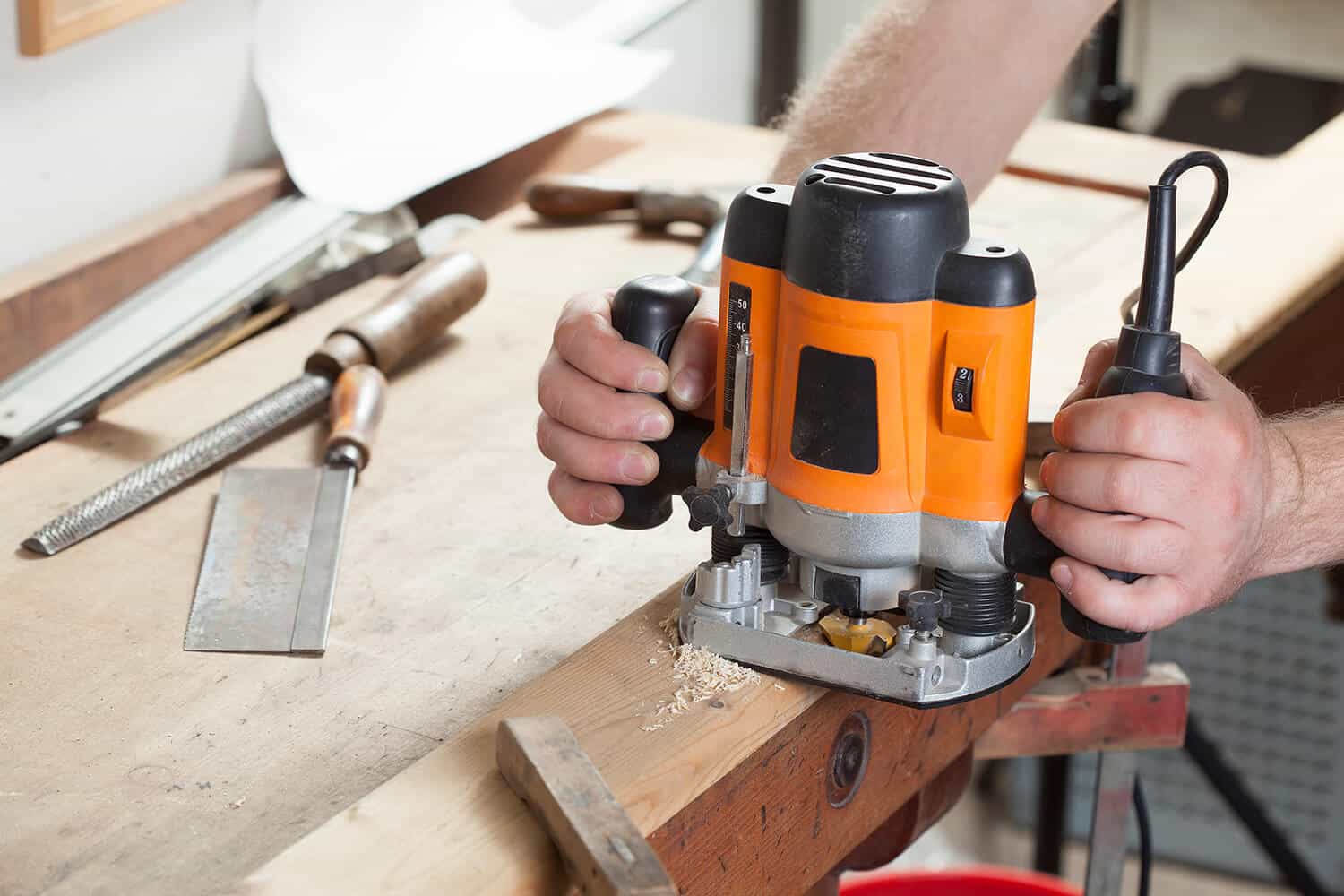
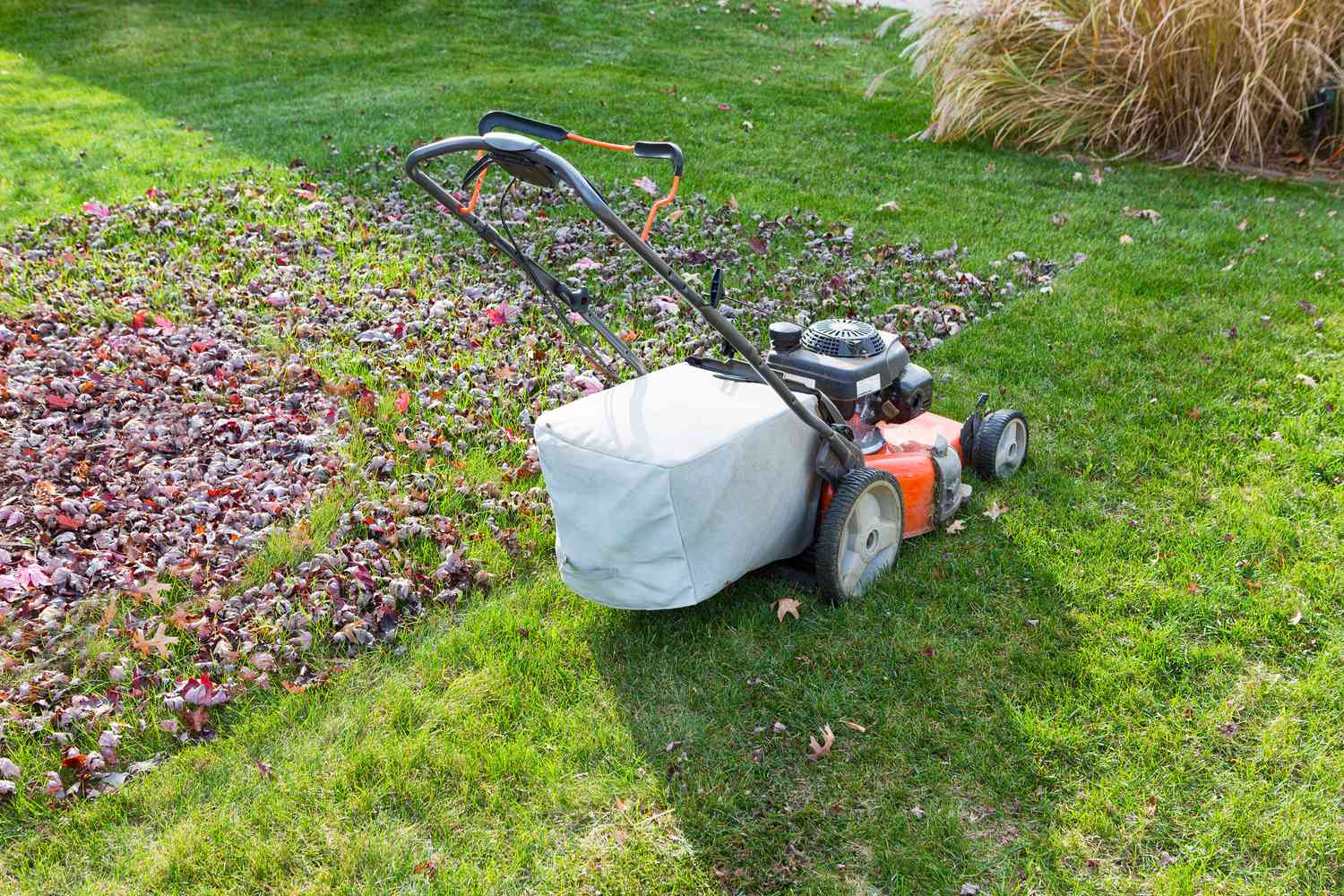



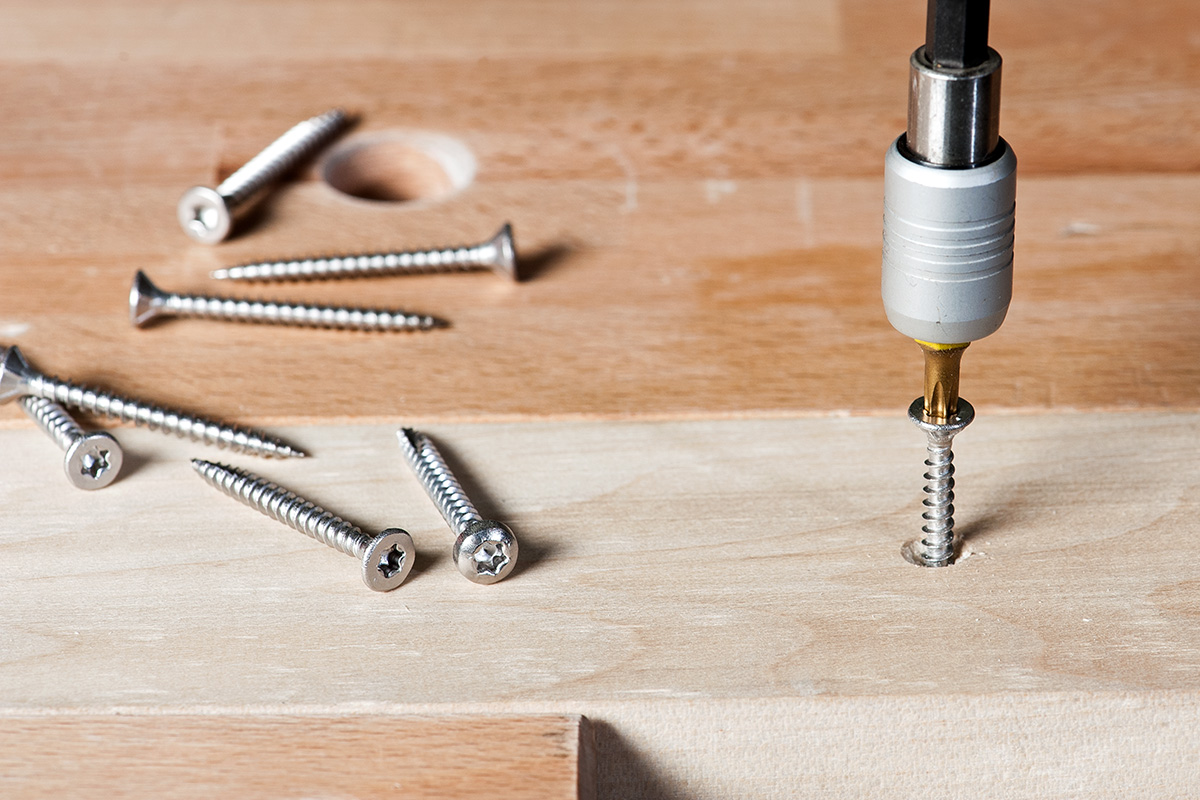
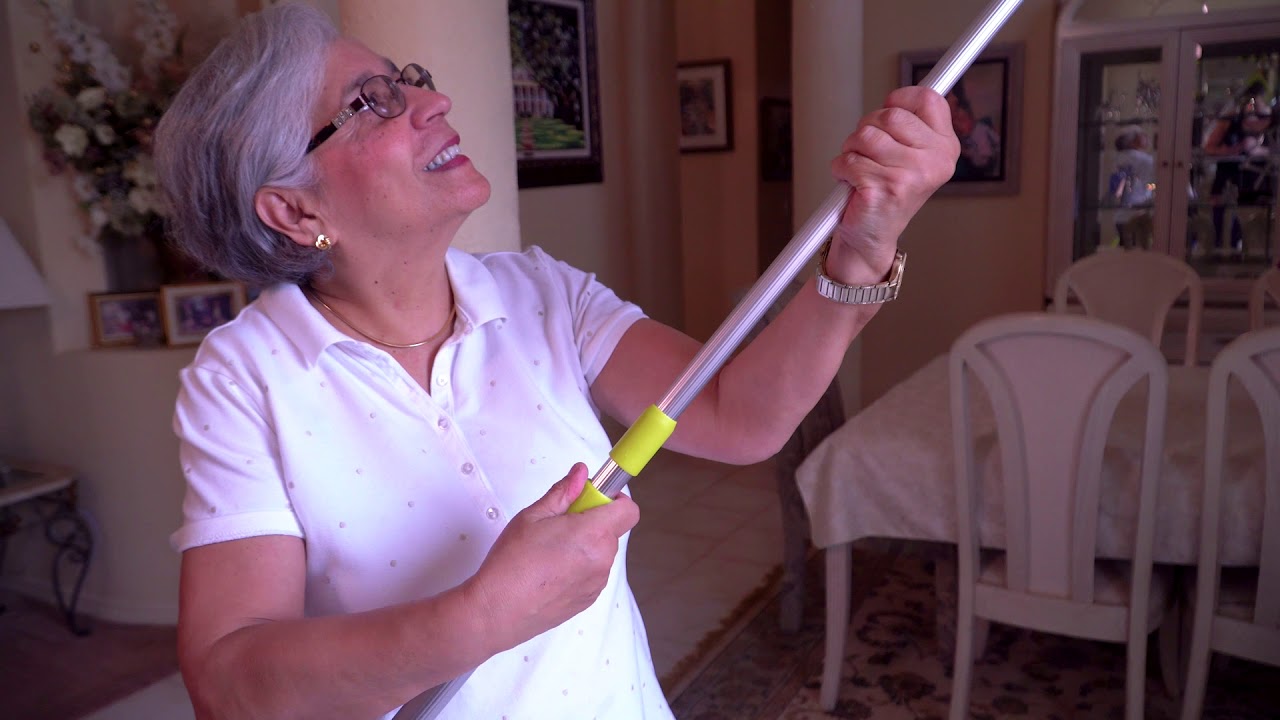
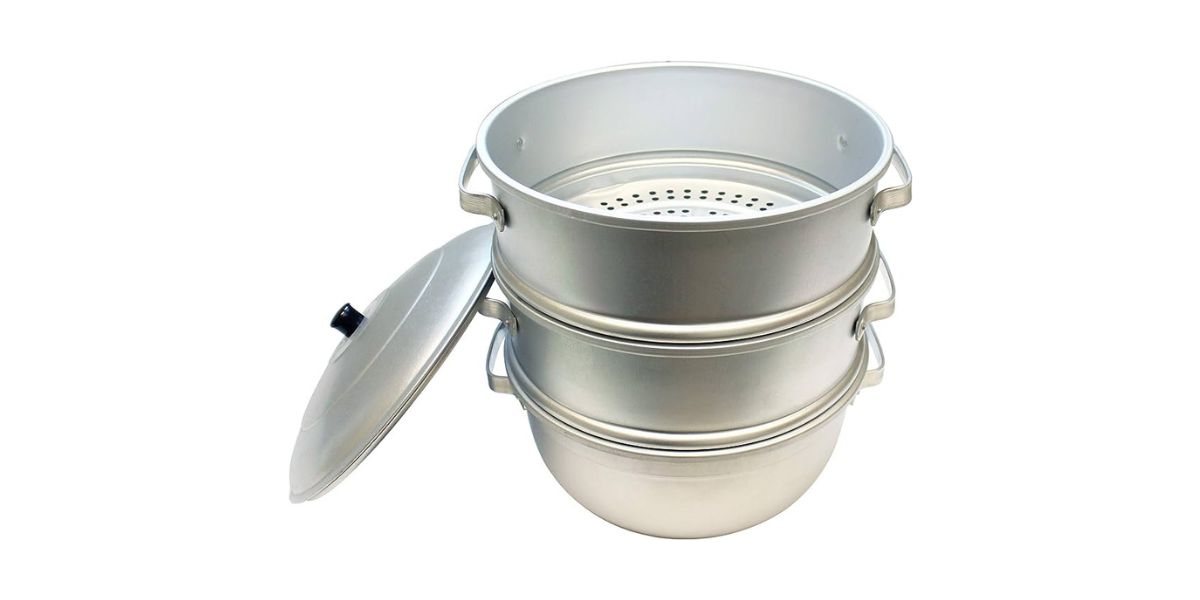

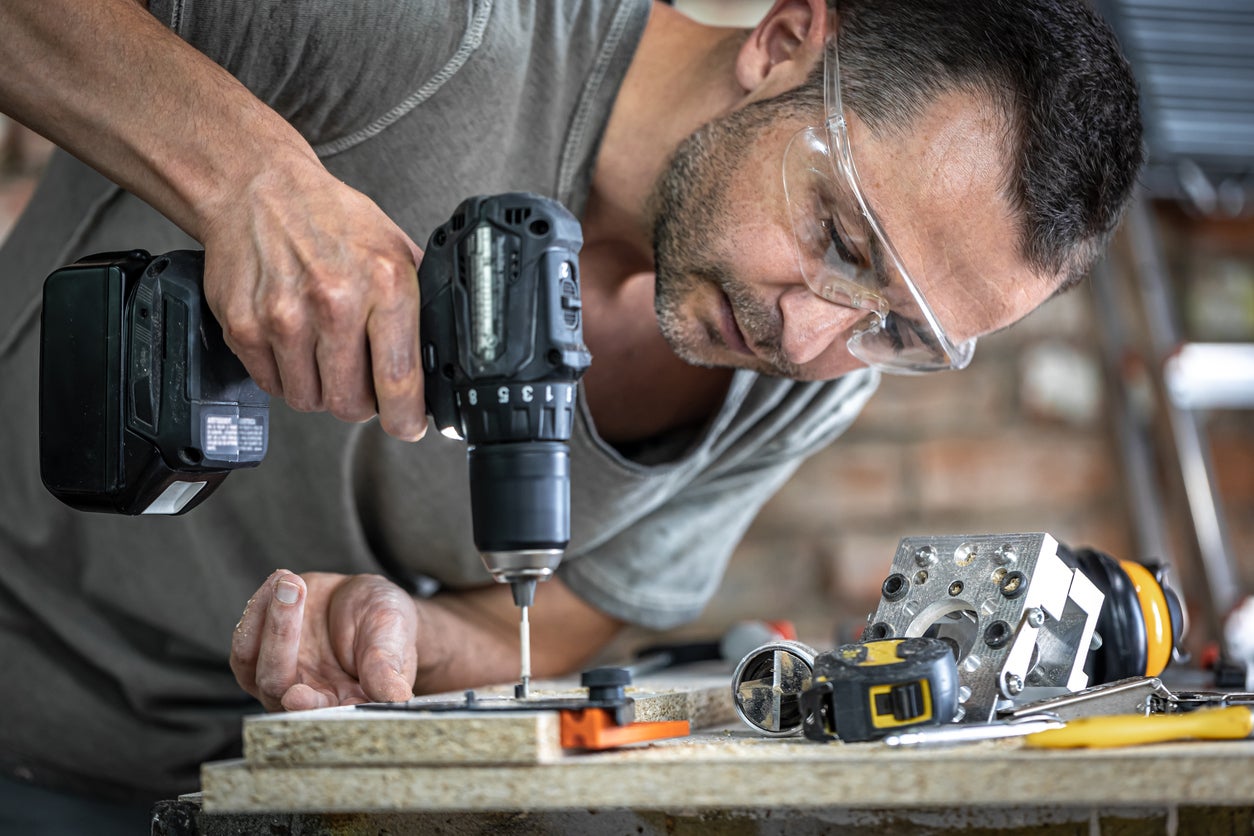
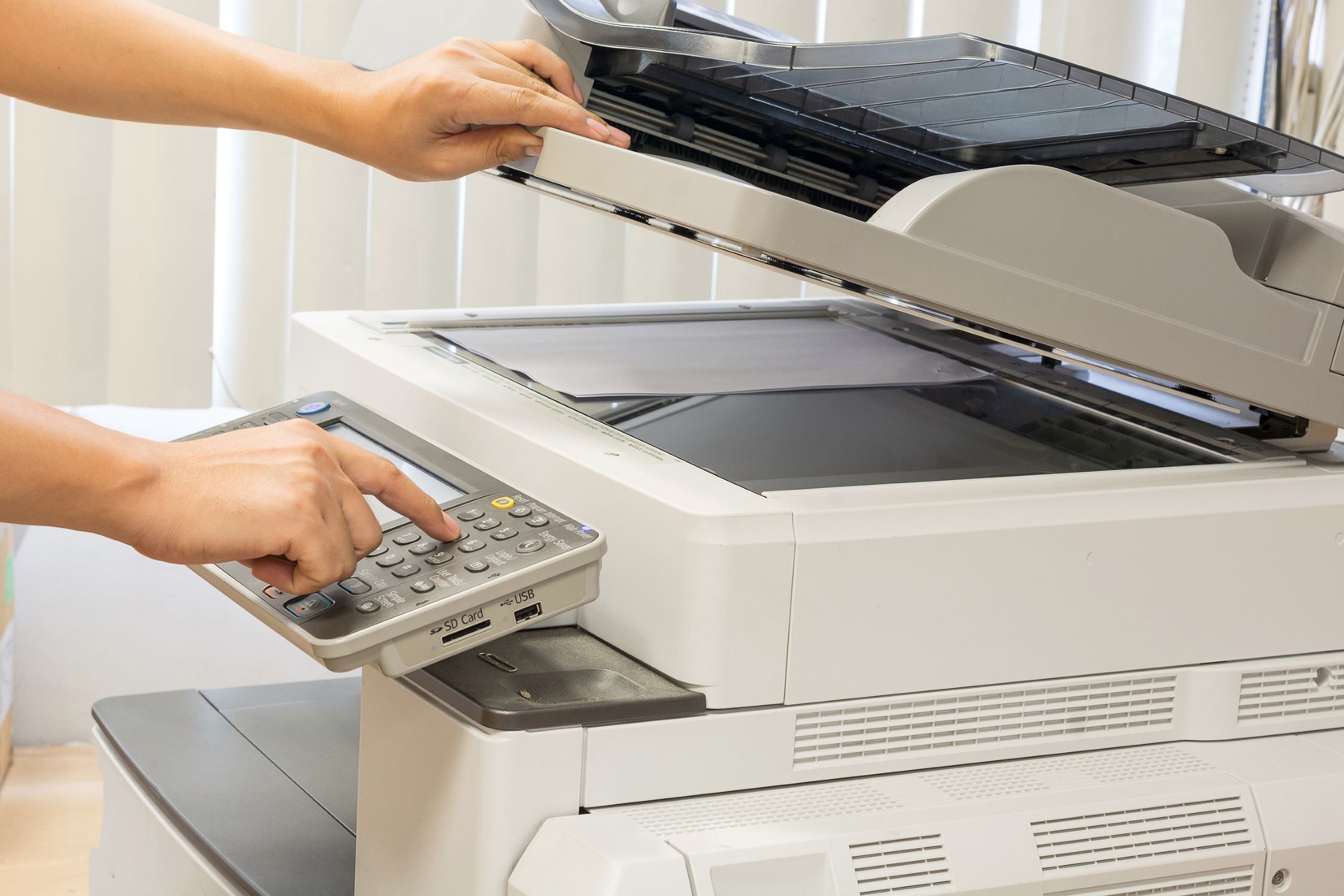

0 thoughts on “How To Use A Jigsaw”